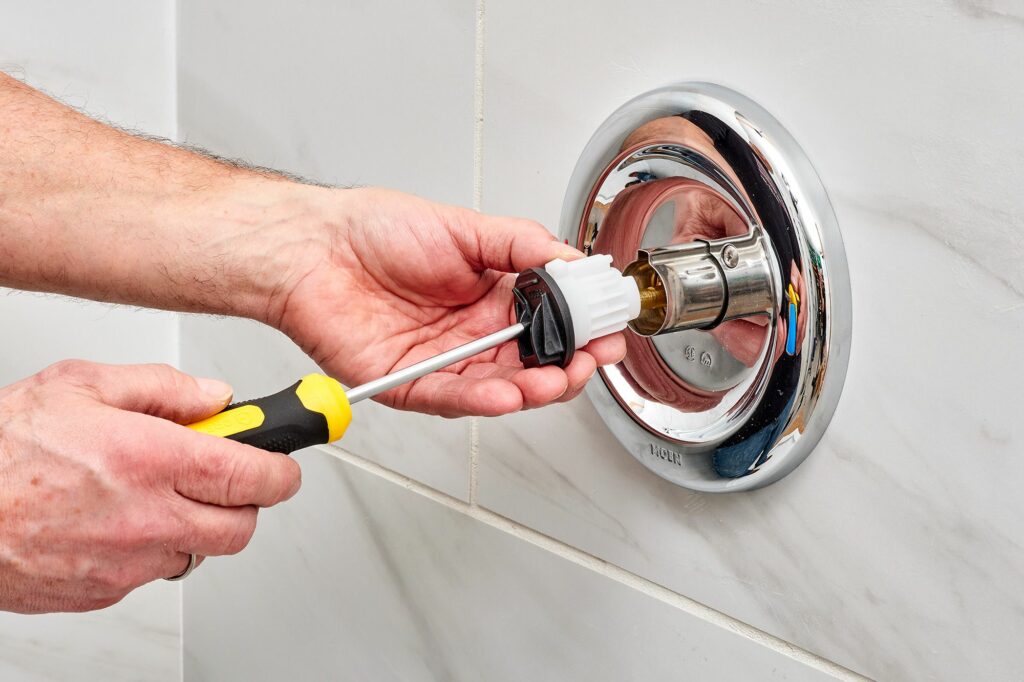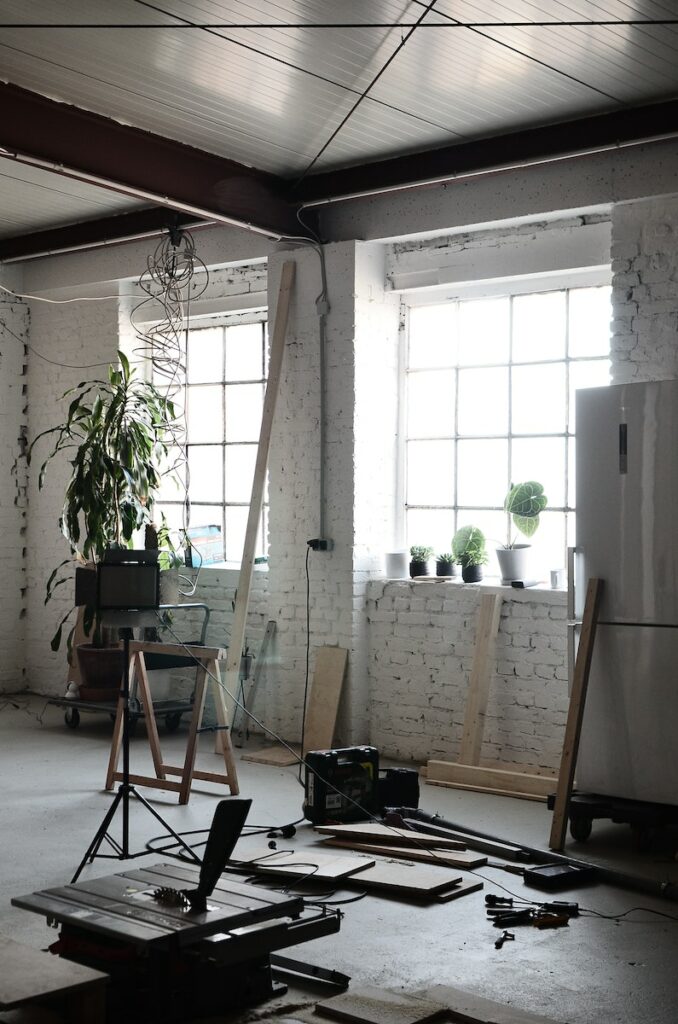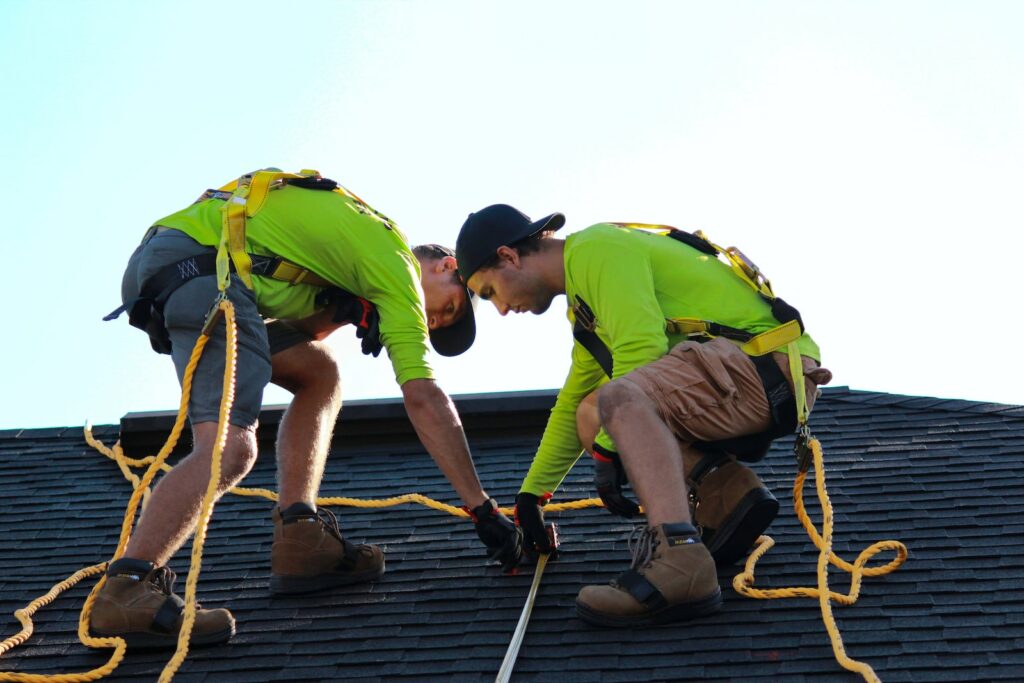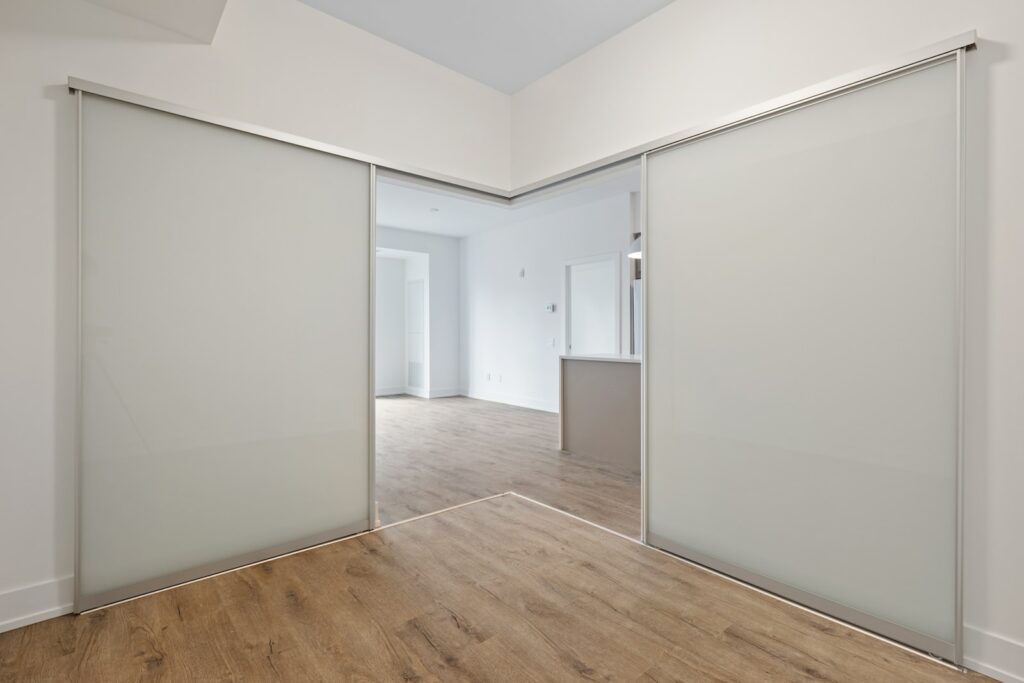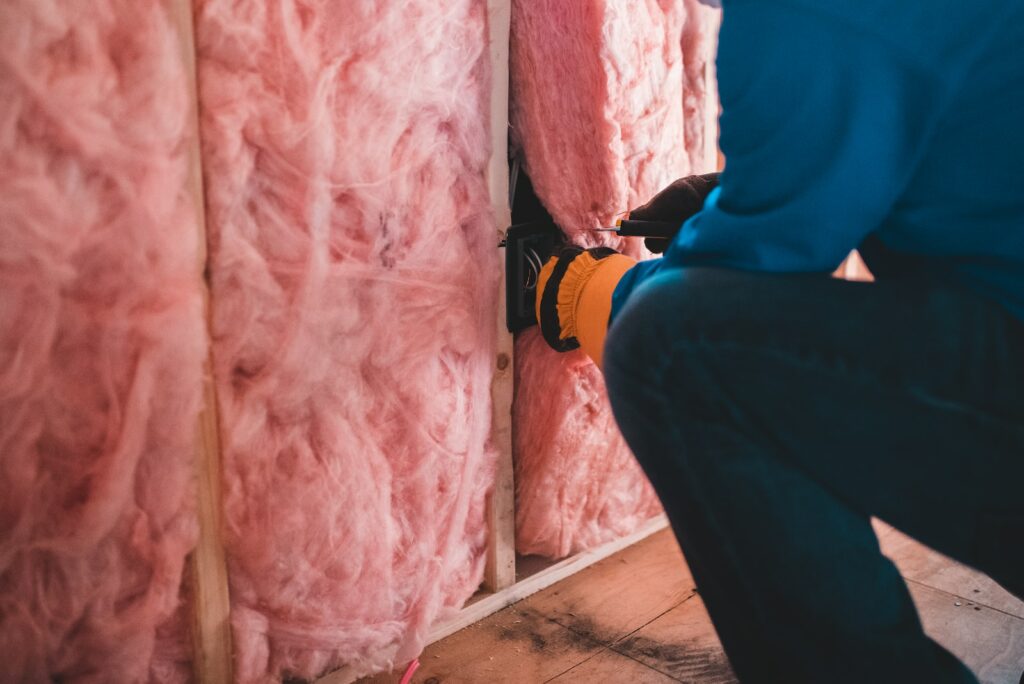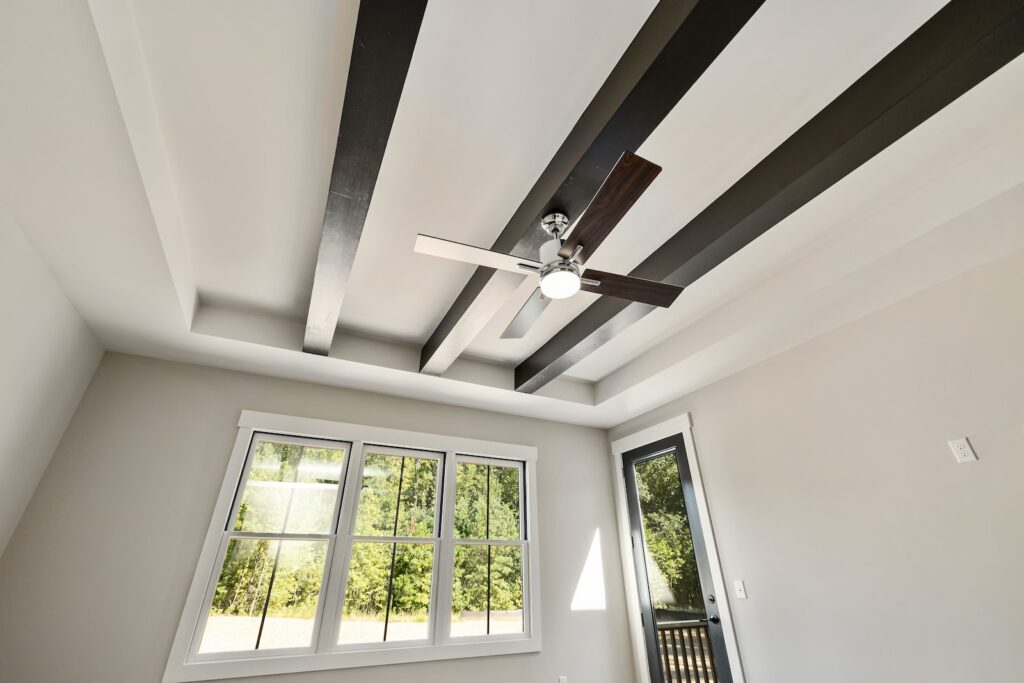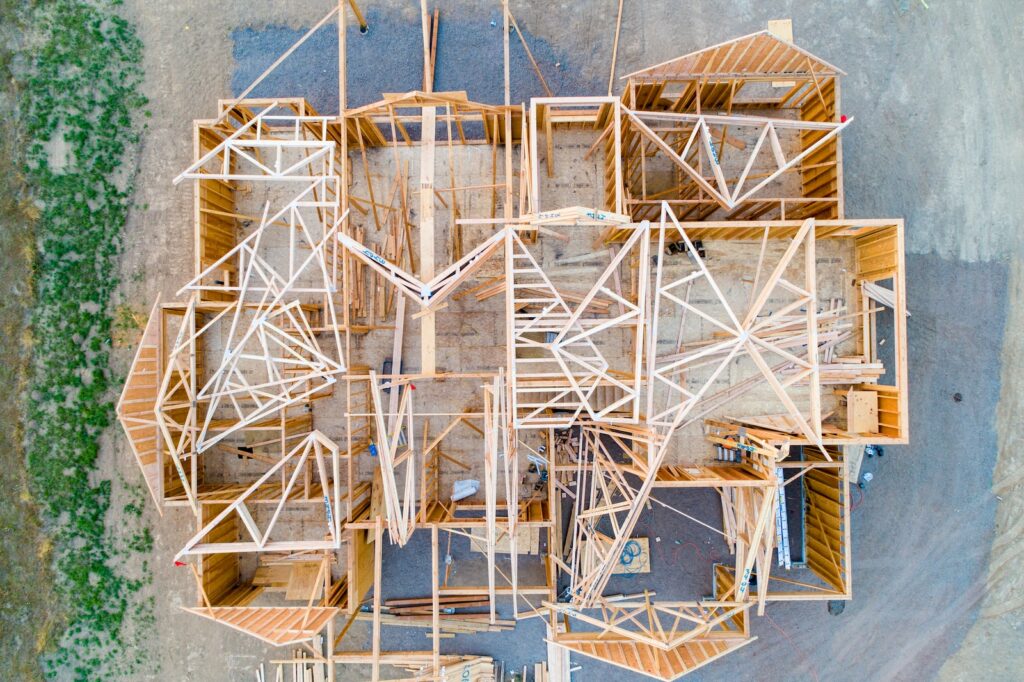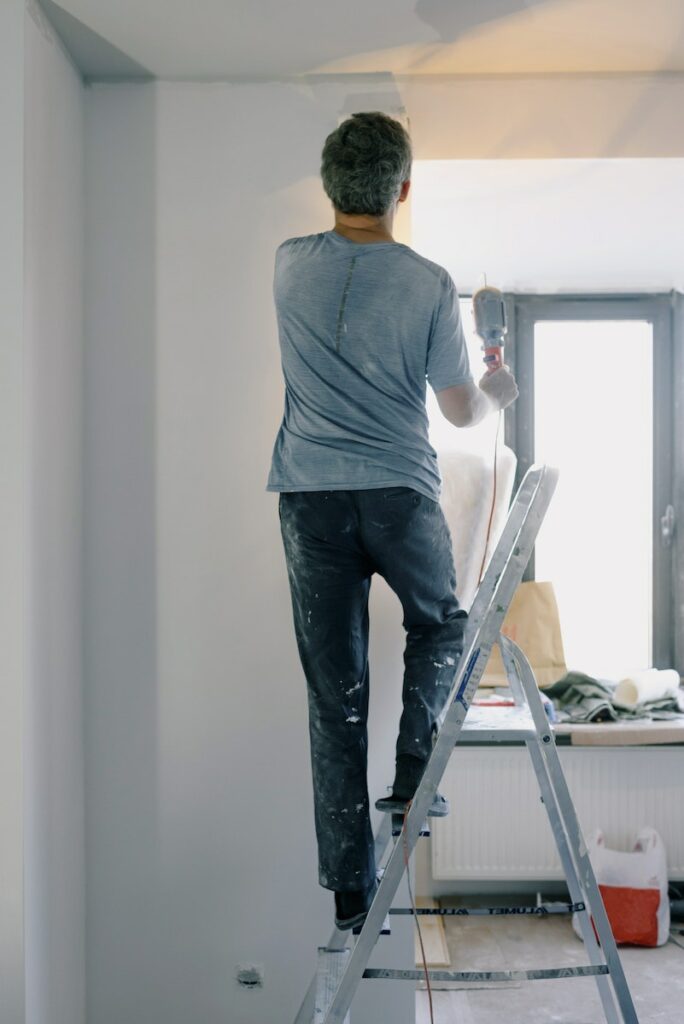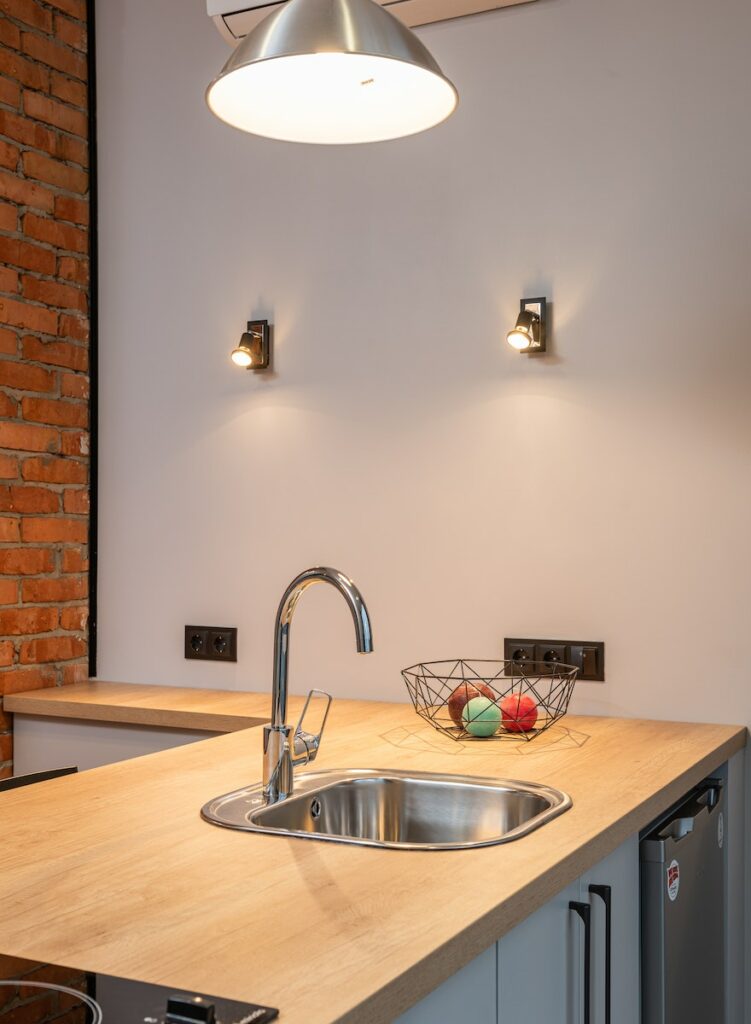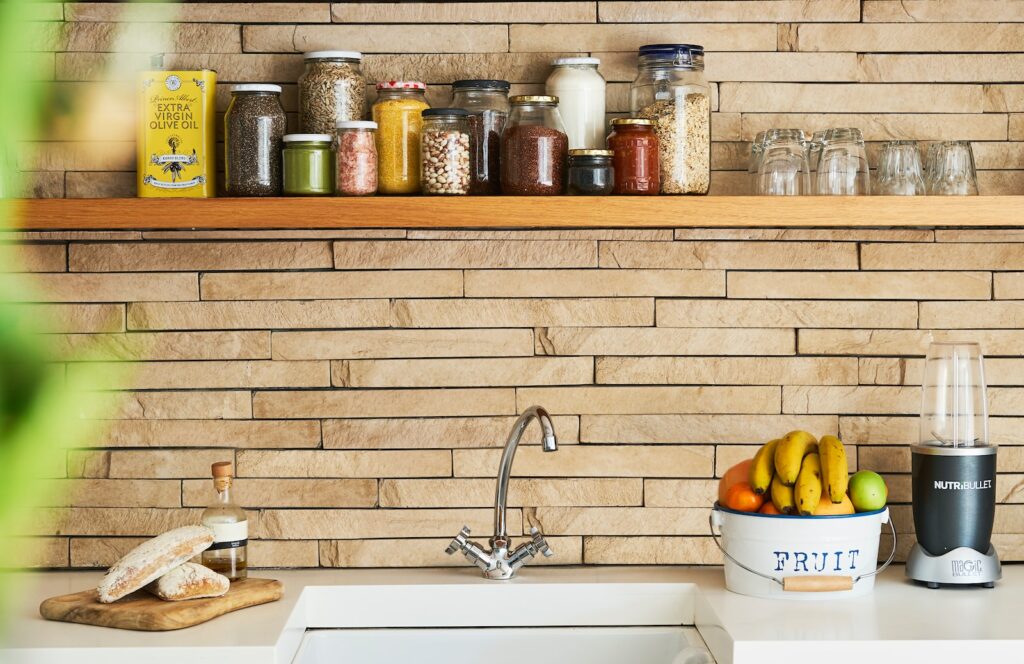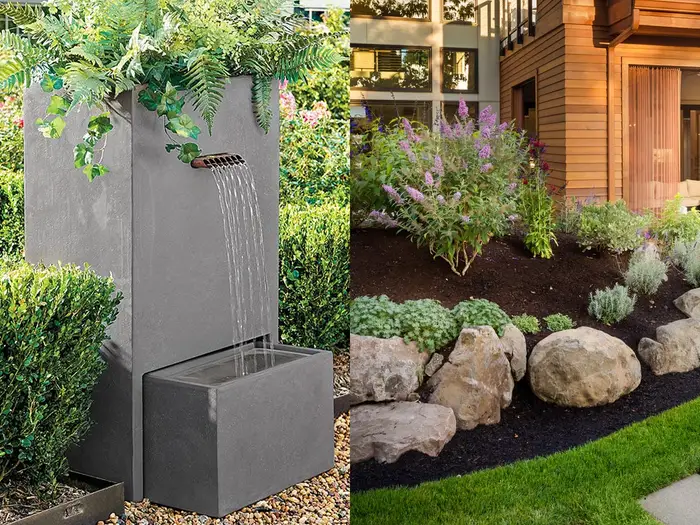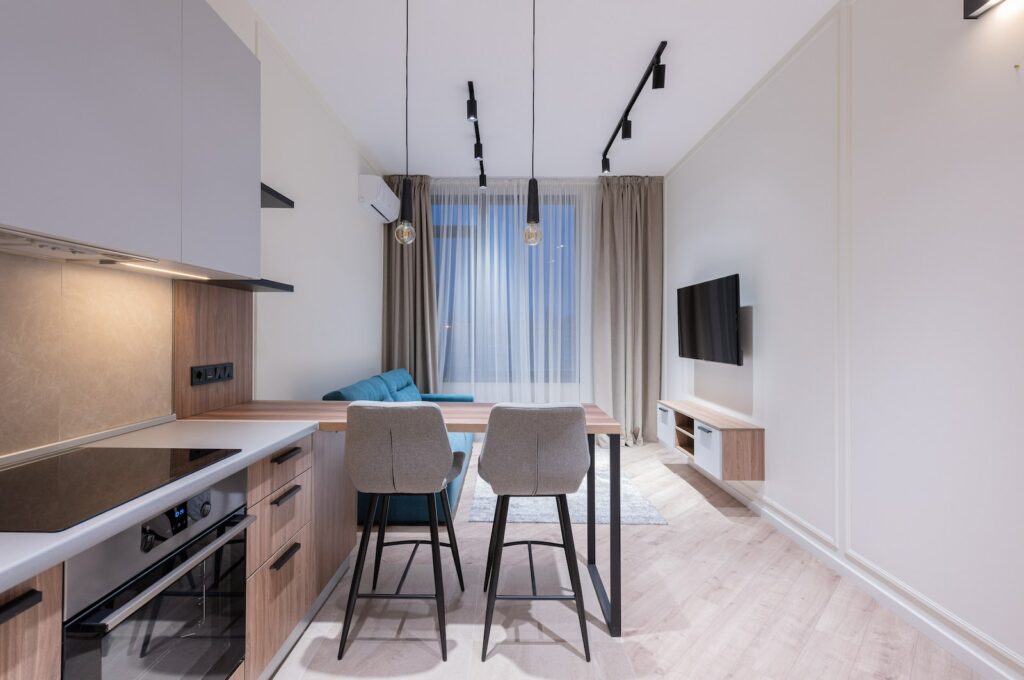Building a Raised Garden Bed: How to Get Started
A raised garden bed can be an excellent way to start gardening in your backyard. It eliminates the need to till, can help with weed, and provides a much better growing area than the ground. Plus, you get the satisfaction of building something yourself! All this makes your gardening experience much more enjoyable and fruitful.
Raised garden beds come in many shapes and sizes, so you need to decide what’s best for your garden. Depending on the size of your yard and the area you want to cultivate, you may need to build a large or small raised bed. This guide will provide you with an overview of the steps you need to take to build a raised garden bed.
Step 1: Gather Tools and Materials
The first step in building a raised garden bed is to gather all the necessary tools and materials. You’ll need a hammer, saw, drill, screws, nails, wooden boards, and soil. The amount of each material will depend on the size of your garden bed. Make sure to measure twice and buy enough material for your project.
You should also consider investing in a few soil amendments like compost or manure. These can help improve the fertility of your soil and make it easier for your plants to thrive.
Step 2: Determine the Garden Bed Size and Location
The size of the garden bed should be determined by the size of your yard and the space you have available. Generally, 4 feet by 8 feet is an appropriate size for a small garden bed. If you have more space and want to create a larger bed, then the size can vary to meet your needs. Additionally, consider the type of plants you’ll be growing, as this will affect the size of the bed.
It’s important to choose the location of your garden bed carefully. Make sure to pick a space that gets plenty of sunlight, as all plants need at least six hours of sunlight per day to thrive. Make sure there is enough space for you to access the garden for weeding, fertilizing, and harvesting.
Step 3: Prepare the Site
Once you’ve determined the size and location of your garden bed, it’s time to prepare the site. Clear away any brush, weeds, and debris from the area. Then, level the ground by removing any high spots or adding dirt to low spots. Make sure the ground is level and clear of rocks and debris. You may also want to line the bottom of your garden bed with landscape fabric to help prevent weeds from growing up into the bed.
Step 4: Assemble the Frame
Now that the site is ready, you can start to assemble the frame. Take the wooden boards and use a saw to cut them into the appropriate size and shape. You can design the frame according to your preference, though a rectangular shape is usually the easiest. Once the boards are cut, use a drill to secure them together. Make sure to use screws or nails that are suitable for outdoor use.
Step 5: Fill the Bed with Soil
After the frame is assembled, you can begin to fill the raised bed with soil. The best soil to use is a mix of topsoil, organic matter, and sand. Make sure to mix these ingredients together in a wheelbarrow and then fill your raised bed. You can add soil amendments such as compost or manure to make the soil even more fertile.
Step 6: Plant Your Garden
Once the soil is in place, it’s time to plant your garden. Start by creating rows of whatever plants you plan on growing. It’s important to follow the directions on the seed packet or plant tag for the specific needs of each plant. Ensure that the plants have enough space to grow, and water them regularly as needed.
Step 7: Maintain the Garden Bed
Now that your garden is planted, it’s important to maintain the bed. This includes weeding, fertilizing, and watering the plants as needed. You should also check for pest and disease problems and take appropriate steps to control or prevent them. Additionally, you may want to add additional soil amendments, such as compost, to the bed every few months.
Benefits of Building a Raised Garden Bed
Building a raised garden bed provides many benefits. For starters, it eliminates the need to till or dig up the soil. This saves time and reduces the chance of harming beneficial microbes in the soil. Additionally, it helps with weed control and can make your plants easier to access for weeding, harvesting, and fertilizing.
Another great benefit of a raised garden bed is that it can help with soil drainage. Excess water can quickly drain away from the bed and prevent plant roots from becoming waterlogged. This can help to protect your plants from disease and other problems.
Finally, a raised garden bed makes for a much more attractive garden. It’s easier to maintain and can provide you with a great way to show off your green thumb.
Time & Cost
Building a raised garden bed is a relatively inexpensive project and can easily be done in a weekend. Depending on the size and type of bed you’re building, the cost of materials can range from $150-$500 USD. Additionally, it may take around 10-20 hours of work to build the bed and prepare the soil.
Precautions
When building a raised garden bed, it’s important to take a few precautions. First, make sure to wear protective gear such as work gloves and safety glasses when handling tools. Also, be sure to use wood or other materials that can withstand moisture and changing temperatures. Finally, avoid using pressure-treated wood, as some of the chemicals used in the pressure-treating process can be harmful to plants.
Conclusion
Building a raised garden bed can be a rewarding experience and offer many benefits. It eliminates the need for tilling, helps with weed control, and can help with soil drainage. Additionally, it can provide an attractive garden display and save you time and money. Follow the steps outlined above to get started and enjoy the benefits of having a raised garden bed.



